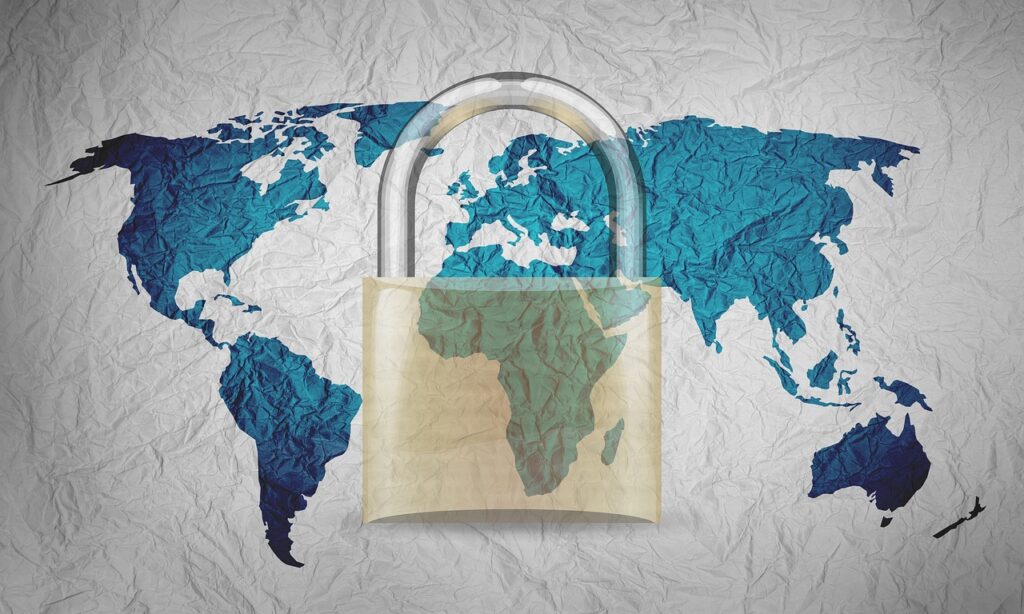Understanding Infrastructure Security
You know your organization’s infrastructure is the backbone that keeps everything running smoothly. Servers, networks, data centers – these are the nuts and bolts that power your operations. But have you stopped to think about how vulnerable that infrastructure is? With cyber threats growing every day, infrastructure security has never been more critical. Keep reading to learn why you need to make infrastructure security a top priority for your organization. We’ll walk through the risks of neglecting it and the key benefits of investing in robust defenses. You’ll see why taking action now will save you headaches (and money!) down the road. Don’t wait until an attack brings your organization to its knees. Take control of your infrastructure security today and give your business the solid foundation it needs to keep growing in the years ahead.

The Importance of Infrastructure Security for Organizations
Protecting Critical Systems and Data
When it comes to infrastructure security, you need to safeguard the systems and data that keep your organization running. This includes securing servers, networks, and cloud services. If these critical components are compromised, it could bring your operations to a halt and expose sensitive information.
Reducing Risks and Vulnerabilities
By investing in infrastructure security, you minimize risks like data breaches, malware infections, and denial-of-service attacks. Regular vulnerability assessments and penetration testing help identify weaknesses in your systems before cybercriminals can exploit them. Monitoring network activity and setting up firewalls and other access controls also reduce vulnerabilities.
Maintaining Business Continuity
With strong infrastructure security measures in place, you can avoid disruptions that would otherwise interrupt your services and productivity. If an attack still occurs, a comprehensive incident response plan ensures key systems remain operational and get back online quickly. Robust data backup procedures guarantee important files are not lost. Together, these strategies allow for uninterrupted business continuity even in the face of cyber threats.
Infrastructure security is complex with many interdependent safeguards required to protect your digital assets fully. But with the right people, processes, and technologies focused on this critical area, you gain the resilience needed to thrive in today’s digital world. Your systems, data, and operations remain secure, allowing you to avoid risks and stay up and running.
Best Practices for Bolstering Your Infrastructure Security
To protect your organization’s data and systems, infrastructure security is essential. Data breaches happen, and they can be devastating. Without strong security measures in place, you’re an easy target for cybercriminals looking to steal sensitive information.
According to recent statistics, the average data breach costs a company $3.9 million. That’s a hefty price to pay, and the damage to your reputation can be even more costly. Infrastructure security helps prevent unauthorized access to your networks and shields vulnerable entry points like employee devices or third-party software.
Regular security audits and penetration testing are a must. Audits assess your current security controls and uncover weaknesses, while pen testing simulates real-world attacks to find vulnerabilities before the bad guys do. You need to know where you’re exposed so you can take action to reduce risk.
Staying on top of software patches and system updates is also critical. Many data breaches happen because of exploits in outdated software or systems. Keep all technology up to date, including operating systems, applications, firmware, and hardware. Outdated technology is an easy target.
With strong security controls, regular testing, and updated software in place, you can feel confident your infrastructure is well-protected. But security is an ongoing effort, so continue monitoring systems and conducting routine maintenance to ensure maximum protection of your digital assets. Your organization’s security depends on it.